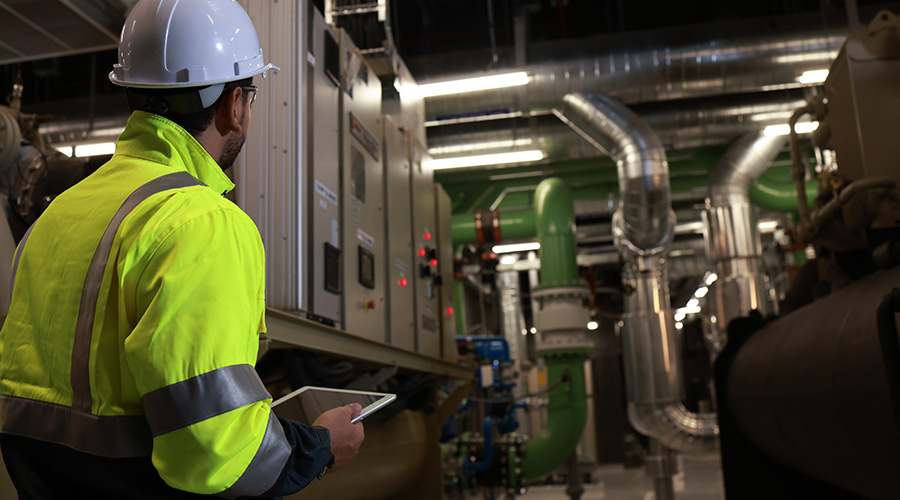Maintenance of the future, today
 DVD players. VCRs. Laptop computers. Smart boards. Wireless communication. Not all that long ago, such pieces of technology were largely the property of technophiles and forward-thinking business people.
DVD players. VCRs. Laptop computers. Smart boards. Wireless communication. Not all that long ago, such pieces of technology were largely the property of technophiles and forward-thinking business people.
Today, they’re more likely to be the property of other kinds of forward thinkers: 12-year-olds and their teachers.
Consider this: A new $13.3 million middle school in St. Louis opened early this month that features the highest of high-tech systems, reports the St. Louis Post-Dispatch. Each classroom has a phone with voicemail. All teachers have computers that let them get e-mail from parents. And smart boards allow teachers to quickly switch from a DVD presentation to a PowerPoint presentation to video.
But if you think that such buildings are the cutting edge of facilities technology, you’re wrong, as many maintenance and engineering managers know well. More facilities than ever, both new and renovated, feature high-tech systems and components that are changing the way facilities operate, as well as the way they must be maintained.
Consider Barnes-Jewish Hospital, also in St. Louis. The huge nationally renowned hospital is going through major building construction and renovation emphasizing the incorporation of new technology, including building automation systems and computerized maintenance management systems, writes Associate Editor Chris Johnson.
The arrival of such technology, in addition to classroom and operating room technology, has changed the nature of maintenance dramatically. Front-line technicians need to be able to inspect and repair a much wider range of equipment and systems than ever.
The situation is changing for maintenance managers, too, as those at Barnes-Jewish Hospital know all too well. At one time, managers might have been able to take a methodical and measured approach to training front-line technicians, but that time is gone.
The rapid spread of new technologies means managers will need to have the resources and options at their fingertips to make quick decisions on worker training. Managers will need to be able to provide the maintenance of the future, today.
Related Topics:








 DVD players. VCRs. Laptop computers. Smart boards. Wireless communication. Not all that long ago, such pieces of technology were largely the property of technophiles and forward-thinking business people.
DVD players. VCRs. Laptop computers. Smart boards. Wireless communication. Not all that long ago, such pieces of technology were largely the property of technophiles and forward-thinking business people.



